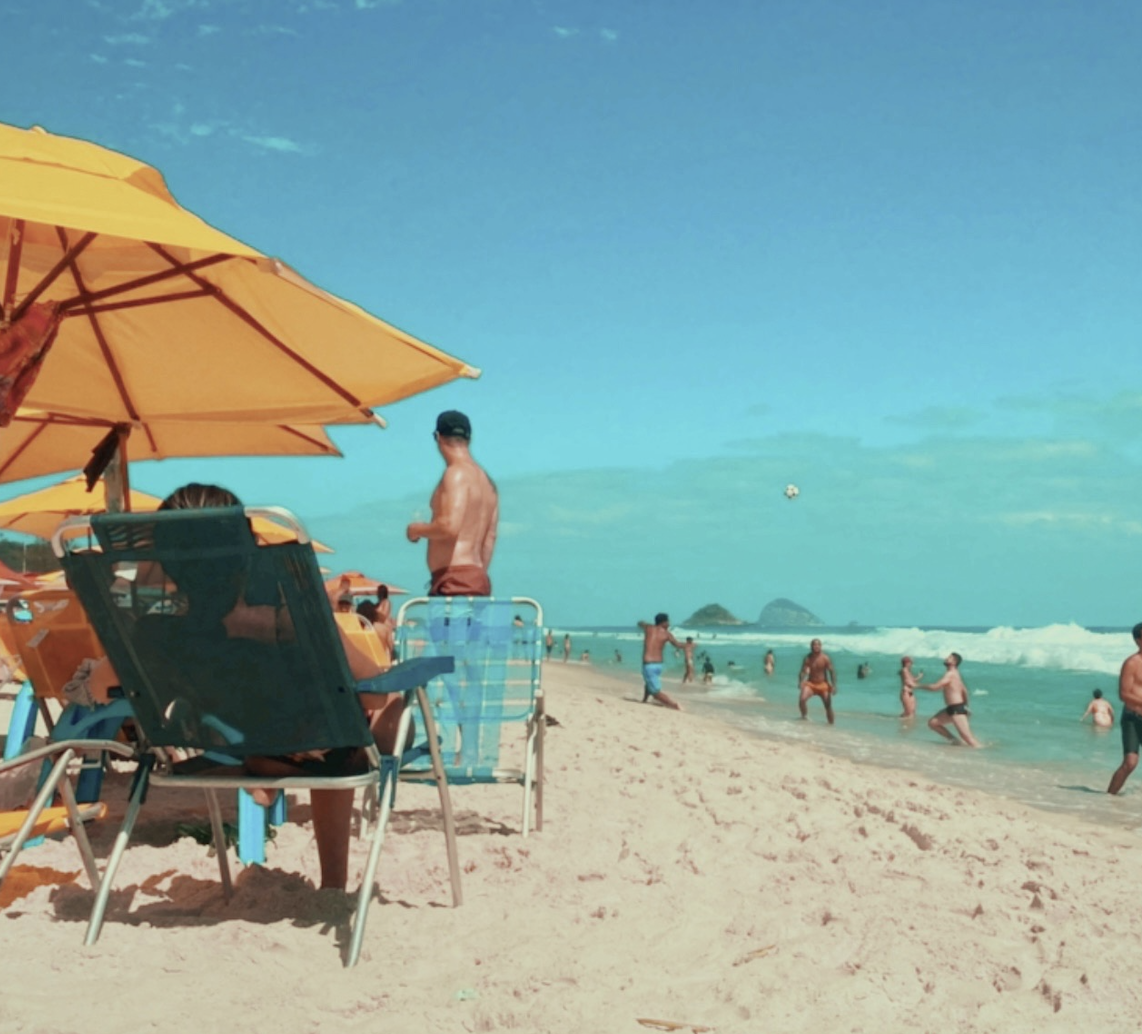For many athletes at Palo Alto High School, sports are not just about competition — they enable a connection to movement and nature itself. Whether skiing through fresh powder, surfing as the sun rises or embarking on a mountain biking trail, these activities are not purely physical. They provide a way to escape stress in everyday life, forming a sense of belonging and connection with the environment in a way that feels meaningful.
Junior Alessio Dorigo, who has been surfing since he was young, highly values outdoor hobbies.
“I think it’s super important to have a hobby in nature … the elements really just make an experience so much better,” Dorigo said.
For senior Tyler Kramer, these outdoor activities serve as a much-needed mental break.
“It definitely takes my mind off things,” Kramer said. “Like, if I’m out surfing or skiing, I don’t really have time to think about all the other things that are stressing me, which is really, really nice.”
For teachers, like History teacher Austin Davis, the outdoors offers a similar respite.
“When I go out to the Baylands, or when I go up into the Santa Cruz Mountains … I feel like I can slow down a little bit, and not think about all the stresses,” Davis said.
Outdoor sports allow people to connect with nature, but they are also vulnerable to environmental changes. The environments that athletes depend on for their sport are transforming dramatically and the impacts are becoming harder to ignore. According to AP Environmental Science teacher Nicole Loomis, global warming has severe implications for polar regions.
“The effects of global warming are being seen the most in the Arctic where temperatures that would typically be below freezing are staying above freezing, resulting in the melting of land and sea ice and permafrost in the Tundra,” Loomis said.
These changes in the Arctic contribute to rising sea levels, which are already impacting coastlines and surf breaks. According to the National Oceanic and Atmospheric Administration, ocean temperatures are currently at their peak. This is directly affecting the reliability of surf conditions.
The rising temperatures make surf seasons more uncertain, with less predictable waves. In addition to the unpredictable wave trends, rising sea levels are taking over beaches and wiping out surf breaks.
To help combat these challenges the Surfrider Foundation tries to maintain ocean health through three primary fronts: reducing plastic pollution, fighting water pollution and preserving coastal ecosystems.
Junior Nathan Lee, a co-founder of the Environmental Service Club at Paly, has experienced firsthand how these changes affect oceans and mountains.
“In terms of skiing or surfing, you can see shorter winters which means less skiing time, or we see rising sea levels that change the waves and the level,” Lee said.
These shorter winter seasons mean that ski resorts are now increasingly relying on man-made snow to extend their seasons. The Environmental Protection Agency has observed that the snowpack in the West has declined by 20% since 1955. Sophomore Melitta Pieper has noticed the impact of such changes.
“Some resorts use artificial snow, which isn’t ideal since skiing is connected to real snow, ultimately making me worried for the future of the sport,” Pieper said.
As with most sports that take place outdoors, cross-country runners have a keen connection with the environment, and as the seasons grow more unpredictable and the weather more volatile, they notice and experience the impacts of climate change in the very landscapes they love to race on firsthand.
As cross-country courses grow more vulnerable to weather conditions, athletes like junior Amaya Bharadwaj are also more aware of how much their sport depends on the environment’s well-being.
“When we were racing at Crystal Springs, which is known to be the hardest course … I almost fainted afterward; there was an ambulance at the finish line because a lot of people got sick because of the heat,” Bharadwaj said.
While these issues may appear to be overwhelming, there is growing momentum among athletes to save the natural environment that they love.Pieper believes the position that athletes hold in influencing their audiences and the general public goes beyond just sports fans.
“Athletes have a big platform; therefore, by talking about it [the environment] on social media or interviews, they can spread awareness and set an example for others,” Pieper said.
This influence is not limited to the sports world; athletes are using their platforms to inspire environmental activism.
Organizations like Leave No Trace and Protect our Winter (POW) are joining forces with athletes to promote environmental activism.
POW, founded by professional snowboarder Jeremy Jones, is focused on helping athletes take action on the issue of climate change. The organization advocates for policies that reduce carbon emissions, promote renewable energy and protect natural habitats from further destruction.
With this work, POW has brought together a team of athletes that includes Olympic skiers, international-level climbers and more who are using their stature to make a difference and initiate policy reforms. But beyond large-scale advocacy, change also happens through the small, everyday choices individuals make.
“I try to do small things in my day-to-day life to help with the issue such as reducing waste and recycling,” Pieper said. “Hopefully, these small actions can play an overall bigger part.”
The outdoor sporting world is filled with people who are passionate about their sport and the world they are living in.
“The Environmental Service Club has worked with Grassroots Ecology and is planning on working with Save the Bay,” Lee said.
As the outdoor sports community fights to ensure there is a future for the planet, the next generation of competition stars will be remembered not just for what they can do on the pitch or in the mountains but for what they can do to help preserve the environment for future competition.
These athletes are leading the charge toward a greener future — one in which the connection between sports and the environment becomes more personal than ever before. Because for them the outdoors is vital for their passion and appreciation for nature.
“Spending time working on rivers, surfing, and hiking has given me a deeper appreciation for time spent in nature. There is a sense of peace and calm that comes from being in an environment with no cell or internet service,” Davis said. “I find that I can better tune in to my environment and the people that I’m with.”










